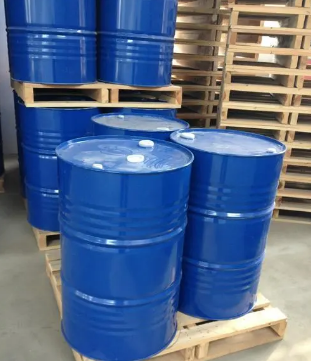A) Coupling agent:
Organic functional alkoxysilane is used to couple organic polymers and inorganic materials, and the typical feature of this application is reinforcement. For example, glass fiber and mineral fillers mixed with plastic and rubber. They are used in conjunction with thermosetting and thermoplastic systems. Mineral fillers, such as white carbon black, talc, Wollastonite, clay and other materials, are added directly in the mixing process or pre treated with silane or in the composite process.
By using organic functional silane on hydrophilic, non Organic reaction fillers, the mineral surface becomes reactive and lipophilic. Applications of glass fiber include car body, ship, shower, printed circuit board, satellite Television antenna, plastic tube and container, and others.

Mineral filling systems include reinforced polypropylene, white carbon black filled molded plastics, silicon carbide grinding wheels, granular filled polymer concrete, sand filled casting resin, and clay filled EPDM wires and cables, as well as clay filled and white carbon black filled rubber for automotive tires, shoe soles, mechanical materials, and other applications.
B) Adhesive promoter
When used as an adhesive and primer for bonding paints, inks, coatings, adhesives, and sealants, silane coupling agents are adhesion promoters. When used as an overall additive, silane needs to migrate to the interface between the adhesive and the treated material in order to be useful. When used as a primer, silane coupling agents need to be used for inorganic materials before the product is bonded.
In this case, silane is in a good position to act as a bonding enhancer (in the interface area). By correctly using silane coupling agents, even in harsh environmental conditions, the adhered ink, paint, adhesive, or sealant can maintain adhesion.
C) Sulfur water, dispersant
Siloxanes with hydrophobic organic groups attached to silicon atoms can endow hydrophilic inorganic surfaces with the same hydrophobic characteristics, and are used as long-lasting hydrophobic agents in building, bridge, and deck applications. They are also used in hydrophobic inorganic powders to allow them to flow freely and disperse easily in organic polymers and liquids.
D) Crosslinking agent
Organic functional alkoxysilane can react with organic polymers, binding trialkoxyalkane groups to the main chain of the polymer. The silane can then react with water vapor to crosslink the silane, forming a stable three-dimensional siloxane structure. This mechanism can be used to cross-link plastics, polyethylene, and other organic resins, such as acrylic resin and polyurethane rubber, to enhance durability and waterproofing of paints, coatings, and adhesives.
PSI-520 silane coupling agent is used for the organic dispersion treatment of fillers such as MH/AH, kaolin, talc powder, etc. It is also suitable for MH/AH organic treatment and application in halogen-free cable materials. The treatment of inorganic powder materials has a hydrophobicity of 98%, and the water contact angle on the surface of organic inorganic powder is ≥ 110 º. The inorganic powder can be uniformly dispersed in organic polymers such as resin, plastic, and rubber, with the characteristics of improving the dispersion performance of fillers; Increase the value of oxygen limiting index (LOI); Increasing the hydrophobicity of the filler can also improve the electrical properties (dielectric constant tan, bulk electricity ρ D) After encountering water; Increase the amount of filler added, while also possessing high tensile strength and elongation at break; Improve heat resistance and improve performance
Post time: Jul-18-2023

